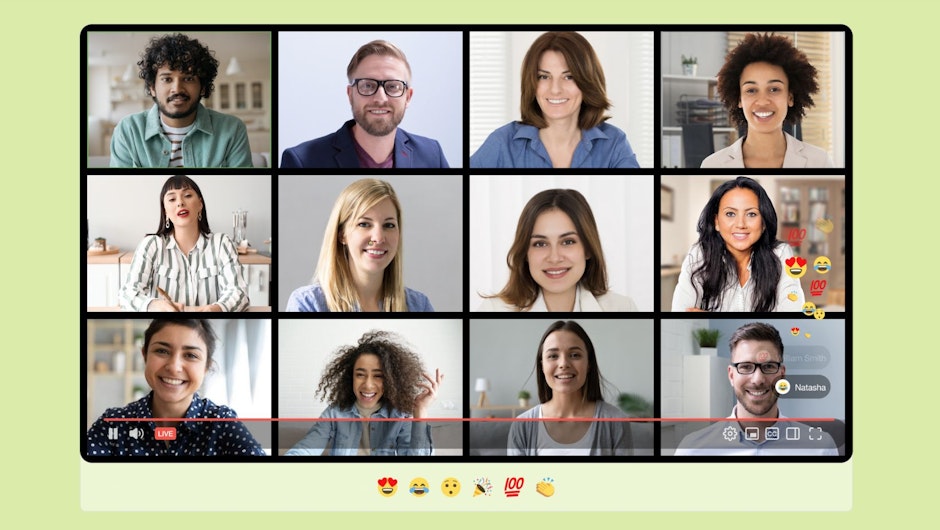How to collect data at virtual events to effectively measure ROI
By Cathy Song Novelli, chief marketing officer, Hubilo

Virtual events opened up the floodgates of data for event planners and marketers, making strategic planning and data analysis more important than ever. There’s power in those numbers to demonstrate your events' ROI and serve better appeals to your customers. Like most things about the overnight transition to virtual events, the sheer amount of data can be overwhelming. Viewing the data as part of your overall strategy and managing it as such will catapult your event from just another webinar to an immersive, engaging experience.
Knowing what’s available
Before the pandemic digitized events, event planners’ data availability was as analog as events themselves. Because marketers couldn’t follow each and every attendee around the conference floor, we relied on the number of registrations, check-ins, attendance at keynote sessions, or breakout groups. While these numbers correlate with a strong ROI, they leave a lot to be assumed about your audience.
Engaging virtual events on a platform built for immersive experiences add many more data points that not only prove ROI but provide customer behavior metrics, real-time audience data, engagement points, pathways for follow up and lead and funnel capture. The platform you choose and the data it offers should fit with your strategic aims. Engagement is shown through chat, viewership, one-on-one interactions, polls and games participation, and more. This data can help you identify what attendees are interested in, how they interact virtually, and what they found most resonant with your content.
Setting goals and KPIs
Successfully using the data available starts before your event opens. Set goals for attendance, engagement, and follow-up. These will determine what your key performance indicators are so you can monitor results as your event registers people and once it kicks off. In addition, you can plan content and schedules around achieving maximum ROI on these KPIs.
Start collecting the data toward your KPIs the moment event marketing and registration begin. Using a platform that augments your efforts through matchmaking attendees for networking, exhibitor suggestions, and session reminders can help drive your attendees to the actions that are most meaningful for the success of your event. A platform with integrations into the marketing tech you already use will store data and make it accessible for future campaigns and outreach long after your event is over. Planning for those opportunities can ensure you collect the information you want to know both from attendees themselves and from their actions during the event.
Data at work
When you have your goals and strategy set for the data that’s about to roll in, you can put the data to work for you. As attendees register, attend sessions and interact with the content and each other, event professionals will start to see progress towards their aims. If the numbers don’t move in the expected direction, real-time data allows marketers to intervene before they lose their attendees’ attention. We know that event professionals are already great at pivoting from plan A to plan B; the data gives them more accuracy for when and how to manage a transition in tactics.
Data also feeds the algorithm that your platform should use to suggest personalized content to each attendee, also helping drive your engagement numbers towards your goals. The whole experience, from registration to follow-up, can be tailored to each attendee in a way that analog in-person events just couldn’t manage. Your platform can learn what each person likes and offer a VIP experience standard.
Events are becoming a tentpole business and intelligence campaign for marketers worldwide. The data available through events and virtual and hybrid platforms gives marketers the insight and ability to move customers through the funnel from lead to a sale. Knowing the kind of data available through the platform you utilize, strategizing goals and KPIs around it, and managing tactics from event start to finish and beyond will all be critical elements to the virtual present and the future of the industry.

